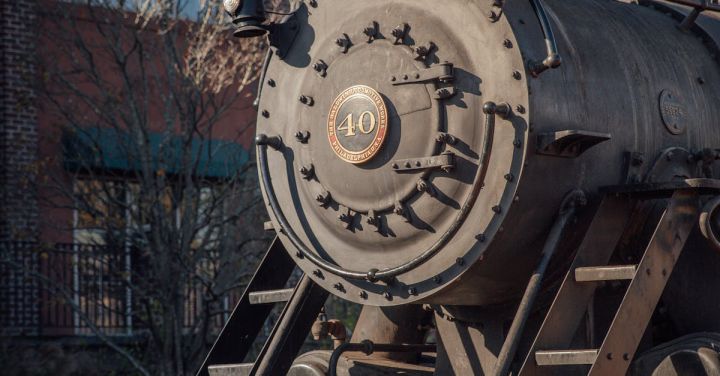The advent of steam engines in the 18th century brought about a revolution that forever transformed the world. These powerful machines, fueled by steam, had a profound impact on various aspects of society, from transportation and manufacturing to agriculture and mining. With their ability to generate immense power, steam engines propelled humanity into a new era of progress and innovation.
One of the most significant contributions of steam engines was their effect on transportation. Prior to their invention, travel was limited to the speed of horses or the wind. Steam engines, however, allowed for the development of locomotives and steamships, revolutionizing the way people and goods were transported. The speed and efficiency of steam-powered locomotives made it possible to travel long distances in a fraction of the time it had previously taken. This newfound mobility opened up opportunities for trade, tourism, and exploration, connecting distant regions and fostering economic growth.
In addition to transportation, steam engines also revolutionized manufacturing processes. Before their introduction, manufacturing was predominantly carried out by hand, relying on human labor and limited by the pace at which individuals could work. The advent of steam-powered machinery changed this paradigm. By harnessing the power of steam, factories were able to increase production capacities exponentially. This led to the rise of mass production, allowing for the creation of goods on a scale never before seen. Steam engines not only increased productivity but also improved the quality and consistency of manufactured products, contributing to the growth of industries and the emergence of consumer culture.
Steam engines also had a profound impact on agriculture, transforming the way crops were cultivated and harvested. Prior to their introduction, farming was a labor-intensive process, with farmers relying on manual labor and animals to till the land. The invention of steam-powered tractors and threshing machines revolutionized agricultural practices, making farming more efficient and productive. These machines allowed for larger areas of land to be cultivated and harvested in less time, increasing agricultural output and ensuring food security for growing populations. The increased efficiency of steam-powered agricultural machinery also reduced the need for manual labor, leading to a shift from rural to urban areas and the rise of industrialized cities.
Furthermore, steam engines played a crucial role in the mining industry, facilitating the extraction of minerals and resources from deep within the earth. The power generated by steam engines enabled miners to dig deeper and extract larger quantities of coal, iron, and other valuable minerals. This fueled the growth of industries such as steel production, which became essential for the construction of railways, bridges, and buildings. The availability of these resources, made possible by steam engines, spurred industrialization and further propelled the progress of society.
In conclusion, the revolutionary impact of steam engines cannot be overstated. These powerful machines transformed transportation, manufacturing, agriculture, and mining, revolutionizing the way society functioned. From the speed and efficiency of steam-powered locomotives to the increased productivity of factories, steam engines propelled humanity into a new era of progress and innovation. The legacy of steam engines can still be seen today, as they laid the foundation for the industrialized world we live in.
